Introduction
In today’s digital age, online shopping has become a staple in our daily lives. With the convenience of doorstep deliveries comes the risk of falling victim to sophisticated scams. One such deceptive scheme making rounds is the US9524901144737 USPS Package Scam.
This article delves deep into the intricacies of this scam, offering insights into its operation, warning signs, and preventive measures to safeguard yourself.
Understanding the US9524901144737 Scam
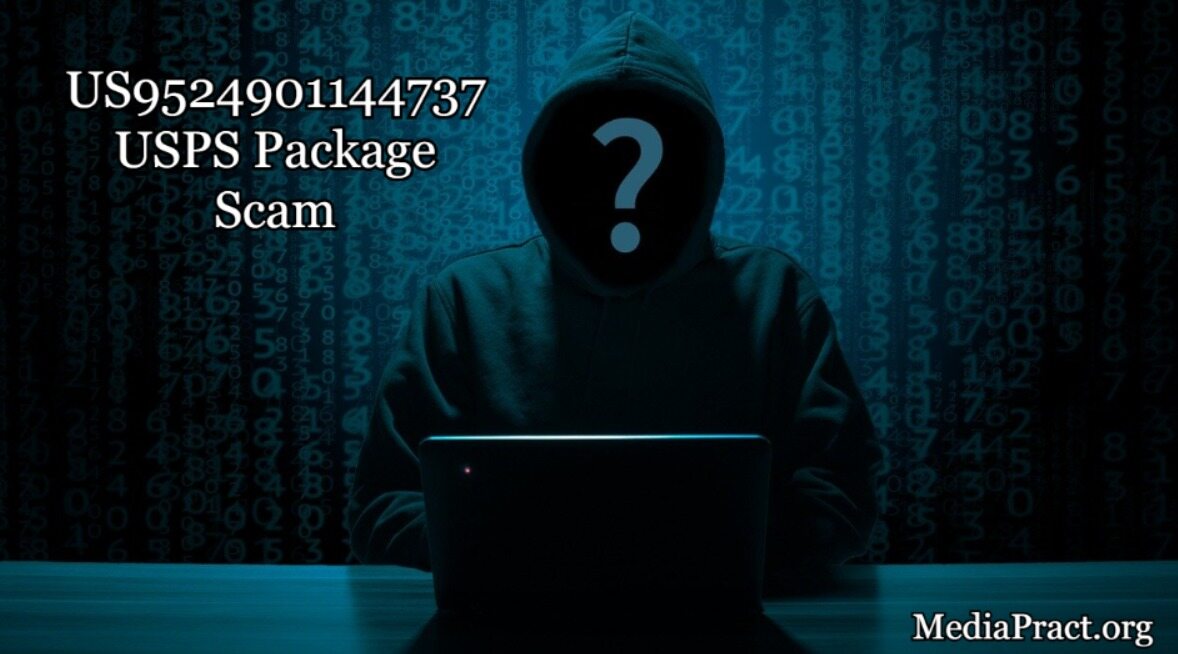
What is the US9524901144737 Scam?
The US9524901144737 scam is a phishing scheme where fraudsters impersonate the United States Postal Service (USPS). They send unsolicited messages, often via email or text, informing recipients of a supposed package delivery issue.
The message includes a fake tracking number—US9524901144737—and prompts the recipient to click on a link to resolve the issue. This link leads to a counterfeit USPS website designed to steal personal and financial information.
How Does the Scam Operate?
- Initial Contact: Victims receive a message claiming a package couldn’t be delivered due to an incomplete address. The message includes the fraudulent tracking number US9524901144737 and a link to “verify” or “update” address details.US9524901144737 USPS Package Scam
- Deceptive Link: Clicking the link directs the victim to a fake USPS website that closely mimics the official site in design and functionality.
- Data Harvesting: The counterfeit site prompts users to enter personal information, such as name, address, and payment details, under the guise of scheduling a redelivery.
- Exploitation: Once submitted, scammers harvest this information for identity theft, unauthorized financial transactions, or sell it on the dark web.
Recognizing the Red Flags
Awareness is the first line of defense against such scams. Here are some telltale signs to help identify the US9524901144737 scam:
1. Unsolicited Communication
Receiving unexpected messages about undelivered packages, especially when you’re not anticipating any delivery, should raise suspicion.
2. Generic Greetings
Legitimate USPS communications typically address recipients by their full name. Phrases like “Dear Customer” or “Dear Sir/Madam” are red flags.
3. Urgent or Threatening Language
Scammers often create a sense of urgency to prompt hasty actions. Phrases like “Immediate action required” or “Your package will be returned to the sender” are common tactics.
4. Suspicious Links
Hover over any links without clicking. If the URL doesn’t direct to an official USPS domain (usps.com), it’s likely fraudulent.
5. Requests for Personal Information
USPS doesn’t ask for sensitive information like Social Security numbers or credit card details via email or text.
Steps to Protect Yourself
Preventing falling victim to the US9524901144737 scam involves vigilance and proactive measures:
1. Verify Tracking Numbers
Always cross-check tracking numbers directly on the official USPS website or contact their customer service for confirmation.
2. Avoid Clicking on Suspicious Links
Instead of clicking on links in unsolicited messages, manually enter the official USPS website URL into your browser.
3. Enable Two-Factor Authentication (2FA)
Wherever possible, enable 2FA on your accounts to add an extra layer of security.
4. Regularly Monitor Financial Statements
Keep an eye on your bank and credit card statements for unauthorized transactions.
5. Educate Yourself and Others
Stay informed about the latest scams and share this knowledge with friends and family to create a community of awareness.
What to Do If You’ve Been Targeted
If you suspect you’ve fallen victim to the US9524901144737 scam:
- Cease Communication: Do not engage further with the scammer.
- Report the Incident: Notify USPS by forwarding the suspicious message to spam@uspis.gov.
- Monitor Your Accounts: Check your financial accounts for unauthorized activity and report any discrepancies immediately.
- Consider a Credit Freeze: Contact major credit bureaus to place a freeze on your credit, preventing new accounts from being opened in your name.
The Broader Implications of Such Scams
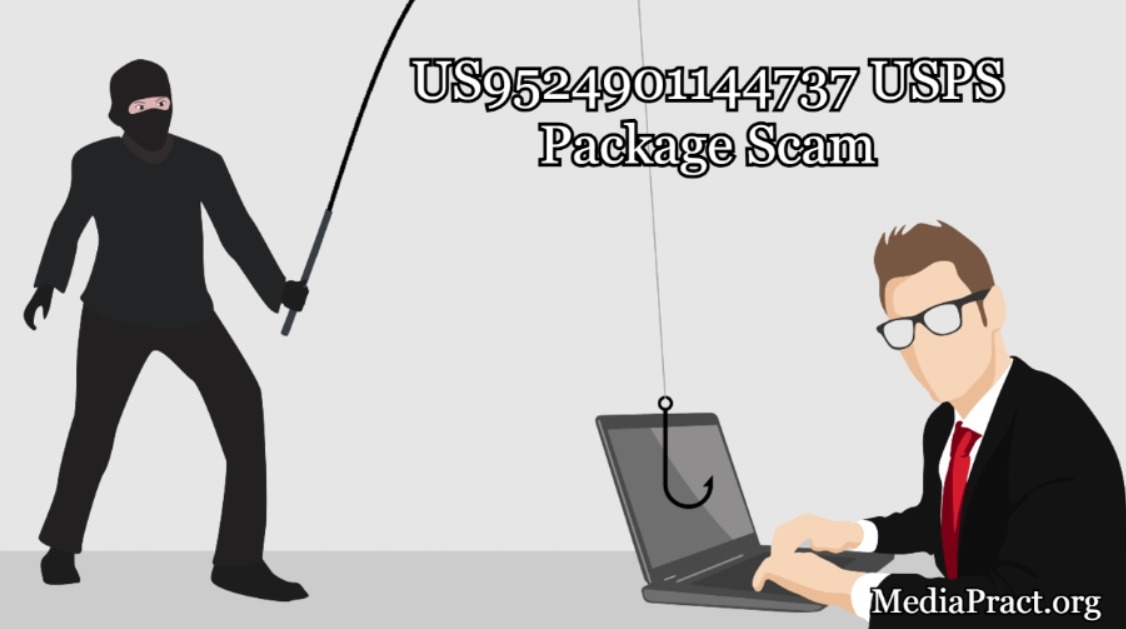
The US9524901144737 scam is not an isolated incident but part of a broader trend of phishing schemes exploiting trusted institutions. These scams erode public trust and highlight the need for continuous vigilance and education in our increasingly digital world.
Conclusion
In conclusion, while the convenience of online transactions and communications has transformed our lives, it has also opened avenues for malicious actors. The US9524901144737 USPS Package Scam serves as a stark reminder of the importance of skepticism and due diligence. By staying informed and cautious, we can protect ourselves and our loved ones from falling prey to such deceitful schemes.
FAQs
- What should I do if I receive a message with the tracking number US9524901144737?
- Do not click on any links or provide personal information. Report the message to USPS and delete it immediately.
- How can I verify if a USPS tracking number is legitimate?
- Enter the tracking number directly on the official USPS website or contact their customer service for verification.
- What information do scammers seek through the US9524901144737 scam?
- Scammers aim to collect personal details like your name, address, and financial information for identity theft or fraudulent transactions.
- Can USPS emails contain links for address verification?
- USPS typically doesn’t request personal information via email or text. Always verify such requests through official channels.
- How can I protect myself from similar scams in the future?
- Stay informed about common scam tactics, verify unsolicited communications, and regularly monitor your financial accounts for suspicious activity.









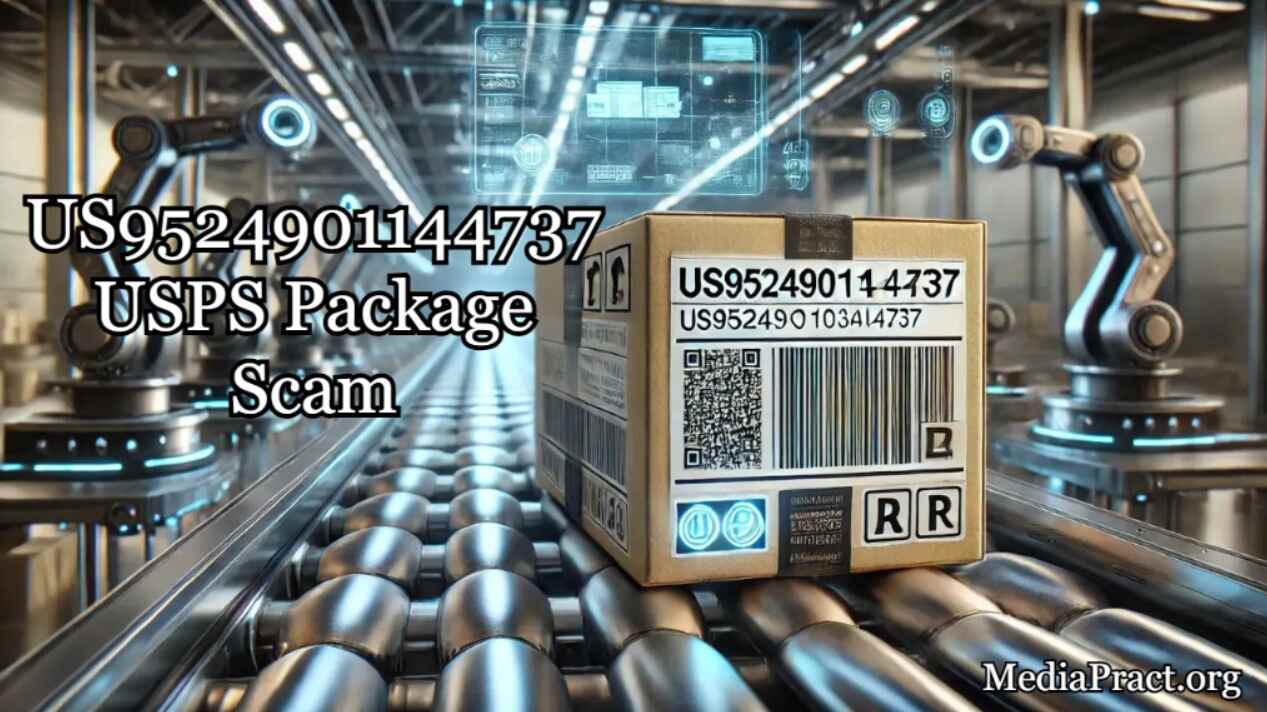





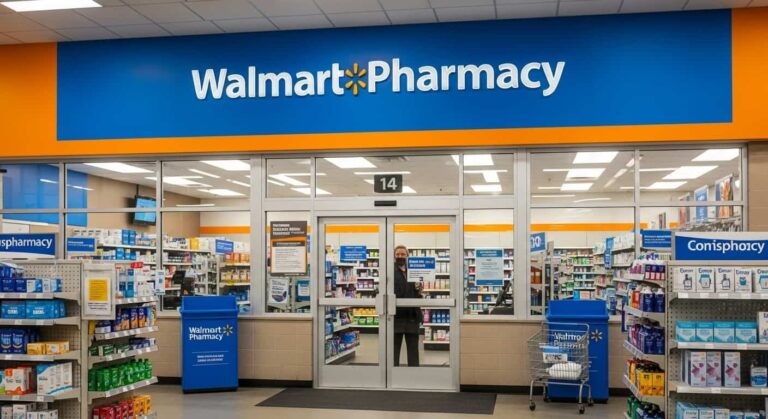

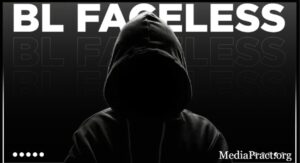


+ There are no comments
Add yours